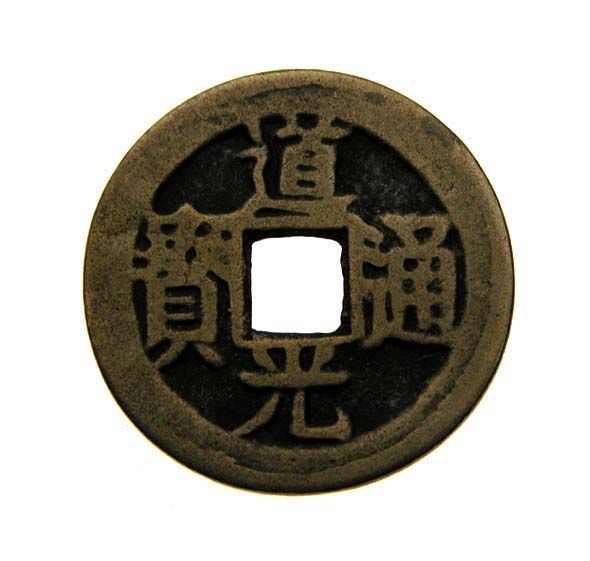It seems that there have been big influx of investment into Japanese solar panel (Fit In Tariff) and property market recently.
We some time receive inquiries from clients about best investment structures for solar panel and property investment from a tax saving point of view. Sometime their structures are already well thought and fixed by major law firms because the amount of their investment are high.
The easiest and simplest solution would be to create a company (such as Kabushiki Kaisha a.k.a. KK or Godo Kaisha a.k.a. GK) as investment vehicle as opposed to adopting fancy schemes such as Tokumei Kumiai (a.k.a. TK).
Because the tax rate on corporate income is about 24% up to 8MM yen, there is no much difference between the the tax rates on companies and TK.
TK structure has two major downsides and apparently most of investors find them unacceptable:
1) TK structure is like a partnership with two categories of members such as operator and investor. All the assets are to be owned by the operator and the operator controls the business. Investors are required to be not active but silent without having major influence to the operator. The operator and the investors have to be different persons. Investors should not have material influence on the operator or its business decision.
2) As mentioned, assets are to be owned by the operator and the operator should be different person from the investors, meaning investors will have to give up security over their investment to a significant degree. Only legal protection for investors is a binding contract to the operator to return the assets when the project is over.
That is probably why I saw only limited number of occasions where TK structures is adopted and running in place in my career in the tax industry for more than 13 years.
The upside is of course, the tax rate. It is only(?) 20% and it can be much lower than the corporate tax rate, which can go up by 37% if the taxable profit goes up beyond the 8MM yen threshold.
Two more things.
1) People try to maximize the profit from the TK investment, of course. The common split of the profits between the operator and the investors I have seen in my career are like 5%:95%. I presume there must be a reason behind it. If the investor share of the split goes beyond 95%, its appearance will be like the operator does not take enough profit and therefore, the tax authority will take it as if its TK structure is a fake and therefore, it should be charged normal corporate tax rate.
2) I presume it is “ok” to have a capital relation between the operator and investors of a TK structure but it has to be limited. If one party (e.g. investor) has major voting power to the other (e.g. operator), the authority may see that the operator and investors are in the same group and therefore, TK structure is a form taken solely for a tax-avoidance purpose.
********************************************************************************
H27/5/12
日曜日に10年乗っていた自転車を買い換えました。今までは、ハンドルがまっすぐのタイプだったのですが、今度はドロップハンドルです。自転車屋さんに何度も、気を付けてくださいね、ブレーキは左手からかけるようにして下さい、と言われました。自転車が軽くてスピードが出るので、前輪のブレーキを先にかけてしまうと、効きすぎて、前にでんぐり返しみたいに回転してしまうことがあるのだそうです。気を付けないと。。
